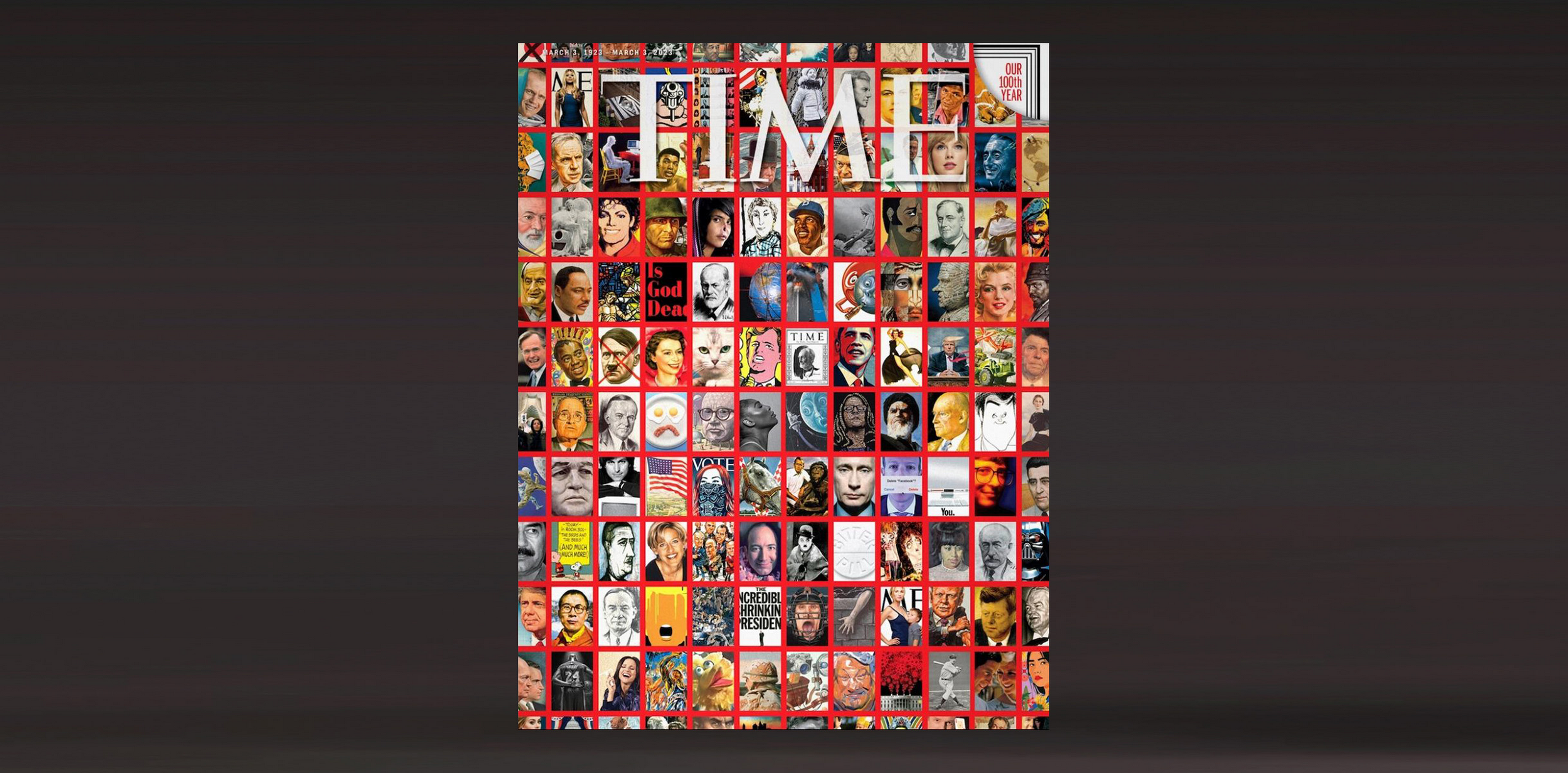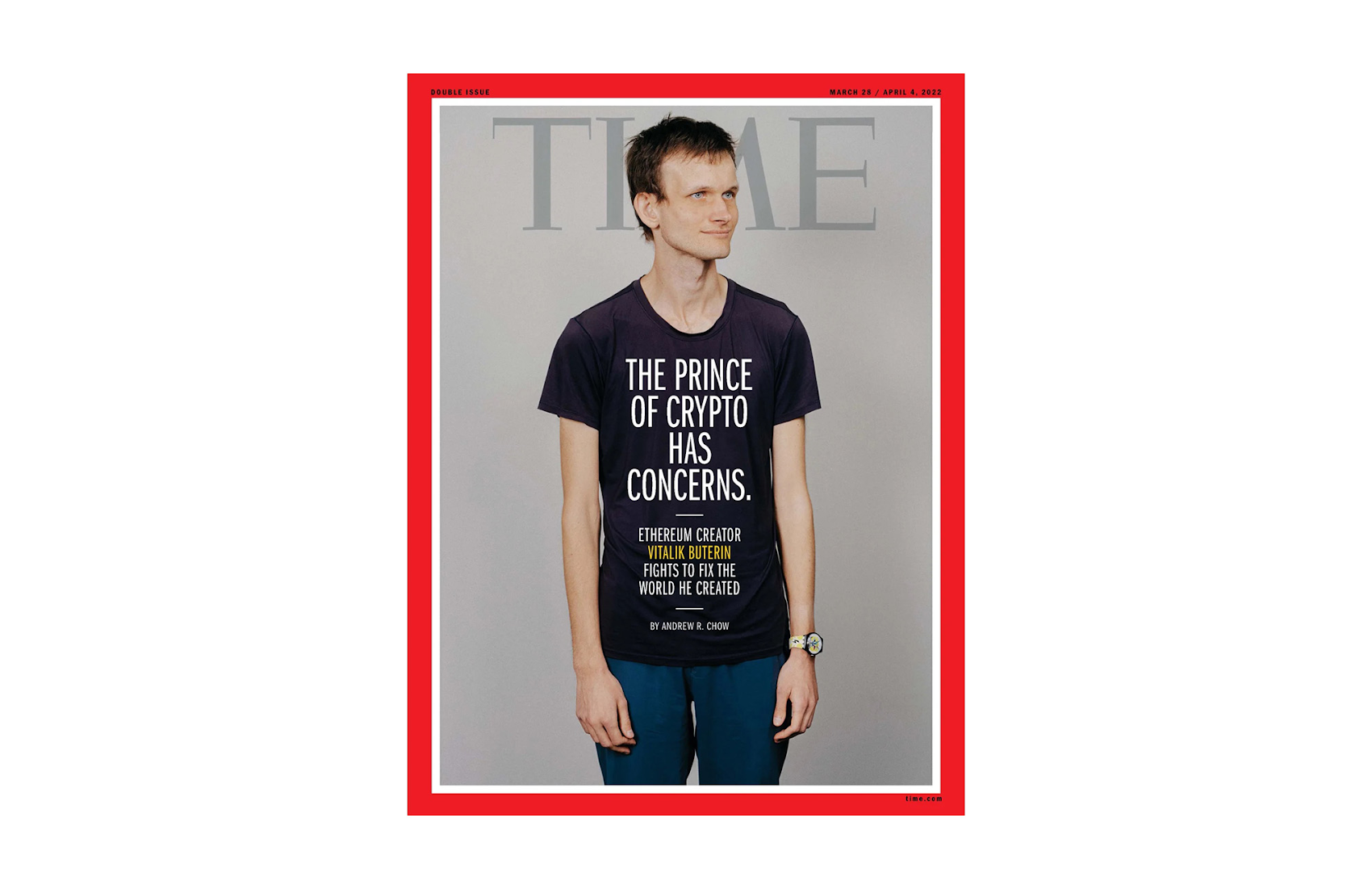TIME for generative AI: the storied publisher wants to build community, not just creativity, with LLMs

Matt A.V. Chaban
Senior Editor, Transform
Michael Endler
AI Editor, Google Cloud
With trusted sources and chat resources, TIME wants to do more than deliver headline news — playing a bigger role as a beacon for accuracy
Most people’s experiences with generative AI have been one-on-none. You sit at a computer or tap on your smartphone, enter a few prompts, and out pops an uniquely generated image, text, or snippet of code.
It could hardly be described as a communal experience. Yet for Burhan Hamid, the senior vice president for data, product, and engineering at the storied media company TIME, community is the first thing he thinks about when he considers how his organization might deploy generative AI.
“As publishers, what we've done for a hundred years, it's been a one-way street: we put out content for the consumer and they consume it,” Hamid said. “With generative AI prompts and chat, we actually become able to understand, and have an interaction with, the consumer, creating experiences that are two-way in many ways.”
“That’s why,” he added, “I actually see gen-AI as a powerful tool for building community.”
Looking for an edge to excite consumers’ fractured attention remains a top priority, and creating not only brand affinity but a brand community offers tantalizing possibilities. AI, along with a strong data foundation, has already played a crucial role at many companies hoping to connect with their audiences. Hamid is eager to see how much more is possible.
“We have a long way to go to take our users, even our regular ones, and get them to engage beyond just reading an article on the site and coming back,” Hamid said. “I think that's where these ideas around community can really, really help. How do we take that enthusiasm and connection to the next level?”

In AI, as with news, trust but verify
One aspect that he believes will make his brand and the communities around it enticing in the era of generative AI is the trust inherent in TIME’s journalism.
“From a technology perspective, I always want to move fast — yet in this case, I think I want to be more deliberate,” Hamid said. “In January, we started brainstorming with the editorial team about where generative AI could potentially fit into our business.”
They quickly began developing ideas — which ultimately helped inform a cover story in late February — while taking a measured approach.
“I want to be responsible about how we do this,” Hamid said, “because I understand the true power of generative AI and the impact that a mistake could have on people who come to TIME for trusted content. I want to be careful while also figuring out how to experiment.”


It’s a refrain that Anil Jain, the global managing director for media and entertainment at Google Cloud, is hearing from many people in the industry as they try to navigate yet another disruptive technology.
“When it comes to media and entertainment, and technologies like generative AI, what is our responsibility to actually carry some of that burden of trust?” Jain said. “Whether it's publishers like TIME or studios in Hollywood or an innovative media startup, they’re all looking for the same clarity when it comes to AI.”
Yet the potential is equally hard to resist, as generative AI stands to supercharge personalization and creation tools already in widespread use. These technologies are helping create and fine-tune the content audiences find most desirable, making sure it reaches them, while building trust and loyalty in a brand that's attuned to its consumers.Some day, possibly some day soon, you could open a homepage or app that doesn’t simply have recommended articles or videos at the top but also a cheerful bot that can ask what users want to read or watch, and then have a conversation about the options.
But that won’t be possible unless your data and customer analytics aren’t already in order. Every large language model and generative AI is only as good as the information it can be trained on.
“For any kind of AI and machine learning, you have to start with the data foundations that compile and comprehend all the signals you are getting,” Jain said.
A recommendations engine of progress
Hamid has been busy building those foundations for years now.
In 2021, TIME began working with Lytics, a technology service provider and Google Cloud partner that specializes in customer data platforms, to build out a recommendation engine on the site. By following reader habits, it could build a persona familiar with the stories and topics users preferred, and then suggest similar stories across embedded banners, emails, and elsewhere.
Hamid knew the value of customer affinity well, having spent pretty much his entire career building technology solutions for various TIME Inc. publications, including leading an engineering team whose video recommender system grew video consumption to 1 billion views.
After launching the Lytics solution, Hamid was pleased enough with the results that months later, he set up a parallel recommendations platform in-house. He wanted to see what kinds of results he could achieve with a more hands-on approach — that’s how important these recommendations were to connecting with readers and keeping them coming back. Ultimately, the team shifted over to this homegrown model, until last year, when it started another pilot using Google Cloud’s own Recommendations AI.
When it comes to media and entertainment, and technologies like generative AI, what is our responsibility to actually carry some of that burden of trust?
“If we see a trend where a consumer is trying to understand more about a particular topic, we can use Recommendations AI to serve them more content so they can dive deeper, or to provide a different perspective, all while taking care to use the technology responsibly, without creating echo chambers or confirmation bias,” Hamid said. “We can even build an entire timeline of interest around a particular topic, so we can pull from our 100-year archives to offer even more stories or context. Or maybe we can sell you a print edition of TIME, from say 1954, that has a connection to what you’re interested in.”
The team has even been experimenting with creating customer newsletters based on the same data insights because that readership is particularly important.
“Our largest community at TIME is actually our newsletter readers,” Hamid explains. “Based on content that they may be interested in, we've started sending them articles to see if they’ll come back to the site, and it's worked quite well for us so far, so we’re continuing to iterate on it.”
In fact, such experimentation has been one of the hallmarks of Hamid’s success so far.
Blurred lines drive media competition
Two years ago, the business, tech and editorial teams at TIME began exploring how NFTs and the blockchain might be utilized as a digital incarnation of the best aspects of print publishing: something more palpable, collectible, and lasting. Thus, TIMEpieces were born.
Over the course of the two year project, more than 150 artists collaborated with the publisher, and 60,000 collectors participated, leading to the creation of a vibrant Discord channel and other gathering points online and IRL.
It was this new group of users that most energized Hamid.
“Each company has a different appetite to experiment in different areas, and I think TIME, being a trusted, global brand, had a massive first mover advantage in the publishing space when it came to NFTs,” Hamid said. “In the end, we established a fantastic community, a good solid revenue stream, and above all, a vision. That’s going to help us going forward.”


That mix of vision, experimentation, and monetization is going to be crucial for all media companies in the future, especially as they increasingly overlap and compete for similar audiences.
“The traditional definitions or boundaries between different media and entertainment segments are blurring and going away,” Jain pointed out. “And that’s only accelerating.”
What once was a weekly sports magazine, for example, now not only has up-to-the-minute stories on its site but also features video shows and highlights and podcasts that were once the domain of broadcasters. Likewise, broadcasters are now publishers too; both have retail arms and massive social media followings, where they share both repurposed and original content.
“How do you actually create value for consumers in a way that keeps them loyal, engaged, and returning when the switching costs are so low for consumers?” Jain said. “It's so easy to lose someone’s attention. That is inherently media companies’ greatest challenge.”
The whole truth, and nothing but the truth
Hamid believes the value of verifiable information is only going to grow in the years ahead, and he hopes that by training large language models on sources like TIME’s archive could help build AI systems that are more believable, and thus more valuable. It’s like a 21st Century version of the vision laid out by TIME’s co-founder and longtime publisher, Henry Luce. In the 1920s, he helped pioneer a groundbreaking shift in journalism that emphasized objectivity and impartiality, presenting information in an unbiased, down-the-middle fashion.
“At TIME, we want to create an experience where consumers can interact with AI but also know that the content and conversations it’s presenting are coming from trusted sources,” Hamid said. “With all the mistakes and mistrust out there around some of these AI technologies, the trust and authenticity publishers can offer will be even more valuable in the consumer’s mind.”
He also thinks generative AI could eventually take a day-to-day role in newsrooms.
“I think it’ll start off in terms of production efficiency and content curation,” Hamid said. “Like this interview right here. Already we can create a transcript, but what about a summary of that transcript that could maybe help a reporter or editor working on a tight deadline? Or could it handle copy editing for a batch of social media posts, or helping users search Time’s archive for trusted sources? You could even generate summaries of articles to include at the top or bottom of a post. All of these are things that could help drive reader engagement and community building.”
At TIME, we want to create an experience where consumers can interact with AI but also know that the content and conversations it’s presenting are coming from trusted sources.
It’s entirely possible that, given the massive interest and interaction with generative AI even in these earliest days, engagement with this emergent technology could well surpass that of social and streaming media. Finding ways to harness this enthusiasm and potential in meaningful and personal ways will be key for executives and creatives at media enterprises.
“Everyone should be thinking about how AI can make jobs easier and products better while putting the guardrails in place around how to be responsible,”Jain said. “There could be a 10x transformation effect here, with AI and generative AI. The hard work is putting in the right guardrails.”
For Hamid, those guardrails start with the sources and brands that consumers know they can count on.
“The communities may look different, but the foundations are the same: that trust,” Hamid said. “The biggest value that TIME gives to a consumer is being a trusted brand. Finding ways to apply generative AI and other AI technologies to progress that identity is something to explore — and I hope others are exploring it, too. I think that’s a start to a brave new world.”



